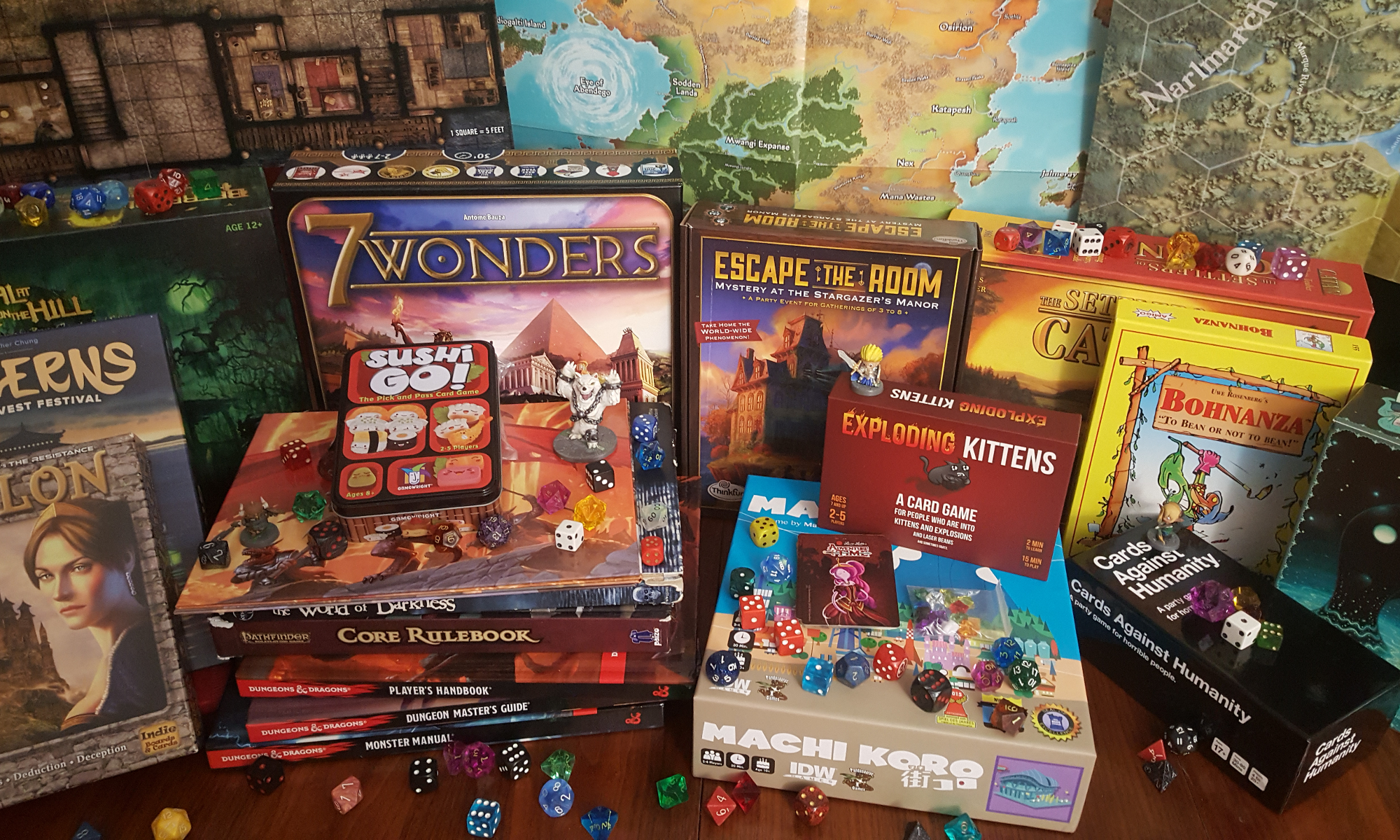Today’s episode is all about the economics of RPGs – how gold coins work, what the labor market of a fantasy world looks like and how games like Pathfinder RPG approach macro-scale economics within their game worlds.
We at Save Vs Rant really do understand that RPGs aren’t economic simulators. We realize that the purpose of an in-game economy is to support a game experience first and foremost, and to provide the illusion of a functional game world as a secondary feature. Different games not only approach this differently, but accomplish it with wildly varying degrees of success.
Games with more freeform systems for tracking wealth (The World / Chronicles of Darkness, d20 Modern, FATE, et al) tend to be more realistic for modern settings. In the modern world, institutions such as credit, banking, payday loans and securities markets mean that above a certain fairly low bar, wealth and capital are somewhat fluid. You don’t have to buy a house or car outright, you typically purchase them on credit. Day to day tracking of individual dollars is not as important in a lot of cases, since small purchases of food, goods and services are a constant feature of modern life. In medieval and fantasy settings, by contrast, typically supports a much more granular and meticulous tracking of wealth. Individual gold, silver and copper can be tracked, with every expenditure being tracked individually.
Beyond that, one can consider the list of Trade Goods provided in the D&D Player’s Handbook or Pathfinder Core Rulebook when attempting to transport wealth, but I’ve always felt that this was a poorly considered list in general, with some genuinely baffling content. The system seems to assume that the game world has standardized regional distribution of all these trade goods, which is bizarre to say the least (given, especially, that the list is full of spices, which are a traditional real world conflict agrigood). Furthermore, some of the goods are products, in the real world, of the Columbian Exchange (tobacco, for example), which is a shame, given that the existence of exotic goods from faraway lands is a potentially intriguing plot point.
Something I had wanted to mention in the podcast, but did not have the time, is the fact that D&D officially sets the weight of a coins at 1/50 of a pound. This is extremely heavy for a coin intended for daily use. Real medieval silver coins frequently weighed only about 2 grams, which is the weight of two United States dollar bills of any denomination (and a little less than 1/200 of a pound). Even the Austrian gold ducat weighed only about 3 grams, or a little more than 1/150 of a pound. While I concede that D&D and its variants take place in a fantasy world, I’ve genuinely run into issues in game where carrying concentrated wealth in the form of coins was prohibitive. Frankly, I don’t understand why these coins are so heavy, save that it’s a legacy element first introduced by Gary Gygax and crew that no one has ever seen fit to change.
According to the trade goods list, a pound of gold has a given value of 50 gold pieces, which makes sense at first glance, but historically currency has been minted at a value higher than the physical constituents in precious metal (a process known as debasement that is generally viewed by historical economists as a genuinely useful process or as a necessary evil at worst). One could argue that the values of precious metals in the game world are fixed, with silver being by definition ten times as valuable and one-tenth as valuable as gold, but this is a system that’s only sustainable if the materials have either been functionally mined out, or if the supply is controlled.
Speaking of precious metals, at one point in history, aluminum was one of the most valuable metals in the world, owing to the fact that it is very rarely found as a native metal, usually being a constituent of minerals. In the late 1800’s an electrical method for extracting it from common stone was discovered, and the price (and, consequently, value) of aluminum plummeted. Presumably, one of the reasons this is never important in RPGs is that it would likely result in the metagame plan of every wizard to invent the electrolytic process of extraction and become immensely wealthy… which might actually be an interesting plot development on par with The Tale of an Industrious Rogue (warning – mild vulgar language) from /tg/, but I digress.
What we hope you take from this is that the economic models of the games could use a bit of investigation. Consider the needs of your campaign as well as what would make for a compelling story. Consider the creative opportunities afforded not only by real world inspiration, but from the presence of magic and fantasy elements. In the real world, agriproducts and conflict minerals drove political and military conflicts that sometimes spanned entire continents – how much moreso when potions with the power to reverse aging or raise the dead might be traded on the market? Bizarre economic bubbles have formed in the most unlikely places, and one can only presume that in a world of strange and wondrous things, this would be ever more the case!

